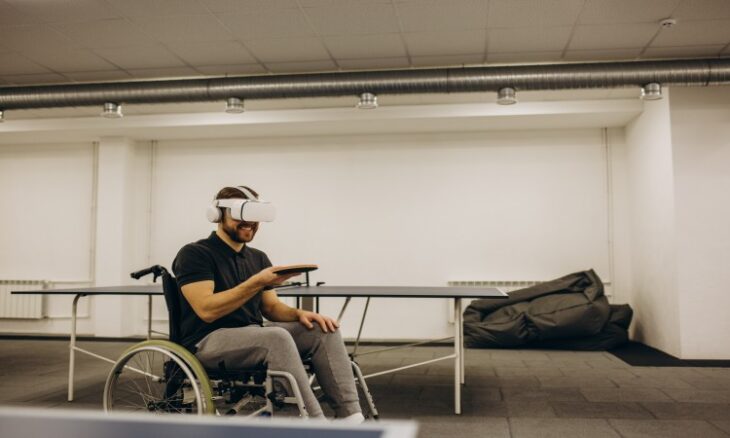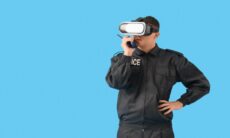VR system advances wheelchair curling training in Canada
Researchers in Red Deer, Alberta, have developed a virtual reality system designed to support wheelchair curling athletes as they enhance their competitive skills and prepare for high-level events. The initiative emerged from Red Deer Polytechnic’s Centre for Innovation in Manufacturing – Technology Access Centre, where engineering and sport-tech specialists collaborated to create an immersive training environment tailored specifically for para-sport athletes. The project reflects a growing interest in adaptive technologies that elevate training accessibility and performance outcomes across Paralympic disciplines.
The concept originated earlier in the year when two key contributors, an engineering technical lead and an industrial research associate, showcased previous grant-supported work on adaptive design in Paralympic sport at an innovation summit in Calgary. Their presentation generated interest among sport development stakeholders, including representatives from Curling Canada, ultimately steering the research team toward creating a dedicated wheelchair curling simulation. Initial ideas were broader and not tied to a specific sport, although discussions with national programme members highlighted the substantial value a curling-focused system could deliver as athletes prepared for elite competition.
Once aligned on the objective, the research team brought together students from multiple academic disciplines, including animation, visual effects, programming, and kinesiology, through a provincial research initiative delivered over the summer. These students contributed to both the technical execution and the athletic accuracy of the experience, ensuring that real-world tactical considerations were reflected in the digital environment. The team emphasised realism to build athlete confidence and skill transfer from virtual practice to physical competition settings.
The end result was a comprehensive simulation replicating the full wheelchair curling experience. The system includes accurate stone physics, lifelike arena and ice visualisations, and movements designed to reflect the biomechanics of real-world wheelchair-based delivery techniques. Gameplay elements support both tactical decision-making and mechanical execution, providing athletes with sensory and strategic stimulation similar to that encountered on an actual ice sheet. The developers confirmed that the build progression from conception to a fully functional system occurred within a four-month timeline, demonstrating an agile research-and-development capability at the institution.
This virtual approach provides significant advantages for athletes who face logistical or environmental challenges associated with year-round access to curling facilities. Through the VR system, athletes can train from home or other accessible locations, supplementing in-person coaching with remote instruction. The availability of digital practice sessions enables consistent tactical reinforcement, which can be especially valuable during tight training schedules or when geographical distance limits direct coaching contact. The programme aligns with the broader push in high-performance sport to use simulation technology for preparation, particularly in contexts where event venues differ markedly from local training sites.
In addition to technical skill reinforcement, environmental acclimatisation forms part of the programme’s purpose. The development team deliberately modelled the virtual arena to mimic the venue that will host the upcoming Winter Paralympics in Milano-Cortina, Italy. Many first-time Paralympic athletes encounter sensory and spatial challenges when entering large, loud, and crowded arenas for the first time, which can disrupt depth perception and affect performance. By exposing athletes to a realistic representation of these environmental conditions in advance, the VR platform aims to reduce uncertainty and improve psychological readiness for competition day.
Canada’s wheelchair curling athletes are currently preparing for the next Paralympic Games, and the introduction of this digital training tool provides an opportunity to strengthen readiness without relying exclusively on physical ice-time or travel. The system demonstrates how academic institutions and national sporting bodies can collaborate to advance para-sport technology and athlete development. Although the concept had been explored previously in conceptual settings, limited funding and prioritisation had slowed execution in the past. The initiative in Red Deer therefore marks a practical step forward in integrating immersive technology into Paralympic training pathways and may encourage similar innovation across other adaptive sports.
The project also illustrates a broader trend within sport science and engineering, where cross-disciplinary collaboration drives innovation. As virtual and augmented reality continue to evolve, applications within both mainstream and adaptive athletics are expected to expand, offering athletes new ways to refine skills, build confidence, and gain competitive advantage in environments that mirror the demands of international sport.










